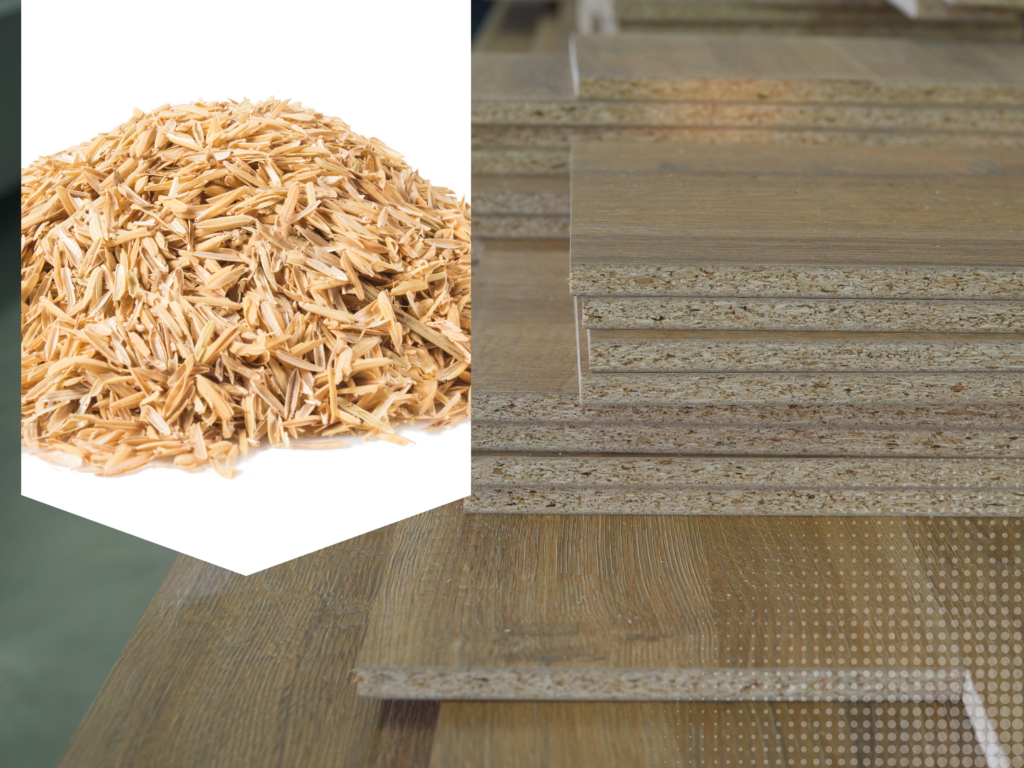In 1944, UTRF achieved a monumental milestone with the patenting of a novel fiberboard composition. This innovation had a profound impact on the construction and materials industry, setting new standards for strength and durability in fiberboard production.

Before this breakthrough, fiberboards were widely used due to their ease of production and cost-effectiveness, but they often fell short in applications requiring high strength and rigidity. UTRF’s groundbreaking process addressed these limitations head-on by utilizing cottonseed hulls—a byproduct of the cotton industry—as the primary material. This sustainable approach not only added value to an otherwise discarded material but also tapped into its inherent properties to enhance the fiberboard’s performance.
The patented process involved comminuting (finely grinding) the cottonseed hulls, blending them with resinoids (synthetic resin binders), and then subjecting the mixture to a combination of heat and pressure. This method resulted in a fiberboard that was significantly stronger and more rigid than traditional versions. The inclusion of resinoids played a crucial role, as they acted as binding agents that fused the fibers together, creating a dense, durable material that could withstand demanding conditions.
This innovation didn’t just create a new type of fiberboard; it revolutionized the entire industry. By offering a cost-effective, environmentally friendly, and mechanically superior alternative, UTRF’s fiberboard quickly became a go-to material in various industries, from construction to furniture manufacturing. Its enhanced durability meant longer-lasting products, reducing the need for frequent replacements and contributing to more sustainable practices.
As we celebrate this historic achievement, it’s clear that UTRF’s 1944 patent was not just a step forward in material science—it was a leap. It exemplifies how innovative thinking can transform everyday materials into high-performance solutions, leaving a lasting impact on industries and shaping the future of manufacturing.